Review
The new Mercedes CLA is likely to be the hottest commodity in the UK fleet market when it arrives later this year, but it’s missing one crucial component that won’t be available until Spring 2026 – so you might want to hold fire on placing an order.
Overview
In just a few years the electric car market has evolved from offering cars with a 200-mile range to comfortably managing 300. Yet, many drivers still claim range anxiety and want more. If that’s the case for you then the new Mercedes CLA might be just the thing you’ve been waiting for.
It has an official range of 484 miles and – after our testing – should be easily capable of 400 in real-world driving.
It’s cheap, too. The entry-level model starts at less than £46,000. That’s £6,000 less than the cheapest BMW i4, which can only manage 300 miles between charges.
Mercedes might just have created the perfect company car with the CLA. It’s great value, good looking, excellent to drive and packed with technology. All for a reasonable price.
There’s one major drawback however. While the car uses a fancy 800-volt electric system and has super-fast charging, it’s unable to charge at 400-volt stations. In the UK that’s a big problem because most of our chargepoints still operate at this voltage. A fix is coming, but it won’t enter production until next spring.
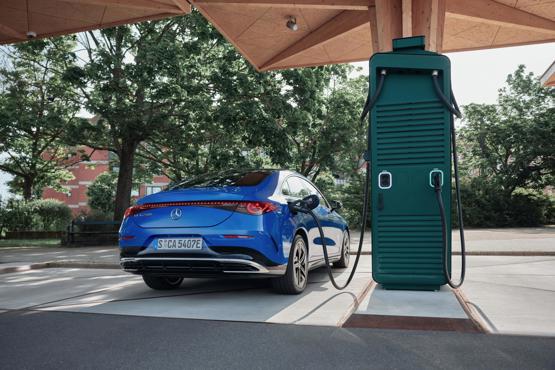
Mercedes says that the CLA’s range is so significant that drivers simply won’t need to stop and charge regularly enough to encounter issues. But we’re not convinced. Audi, Hyundai and Porsche are among those already using 800v technology and all their cars can also use 400v chargers. It seems like a major oversight for one of the world’s most advanced car makers.
The CLA model range starts with the CLA 250+ Sport Edition, at £45,615. The AMG Line Edition brings a sportier aesthetic and more kit for a shade under £50,000, or you can have the fully-loaded Premium Edition for £51,770.
A Shooting Brake Estate will join the line-up in early 2026, along with a more powerful CLA 350 variant. Mercedes is also planning a mild-hybrid petrol version of the car. But for the fleets, the electric version seems to fit the bill perfectly.
Comfort and practicality
The CLA is part of the A Class family, which means it has a smaller footprint than the rest of the compact executive segment. It’s more cramped than a BMW i4 or a Hyundai Ioniq 6, but it’s going to appeal to the same pool of drivers.
We weren’t blown away by the quality of materials inside, but given how efficient the CLA is we’re happy to put this down to weight saving. It’s not that the interior feels cheap – the design alone gives it a premium feel – but some of the touchpoints, like the interior air vents, don’t feel as robust as we expected.
The front seats are comfortable and supportive, with imitation leather upholstery as standard. AMG Line models get sportier seats with integrated headrests and microfibre faux suede upholstery. Heated seats come as standard on all models.
In the rear there’s a reasonable amount of legroom and space for three across the rear bench, but headroom is limited due to the sloping roofline. This issue is mitigated in the Shooting Brake, so those that regularly carry multiple passengers may find the estate a better choice.
The CLA has a decent amount of boot space, albeit with a shallow opening. There’s 405 litres in the rear and a further 100 litres under the bonnet.
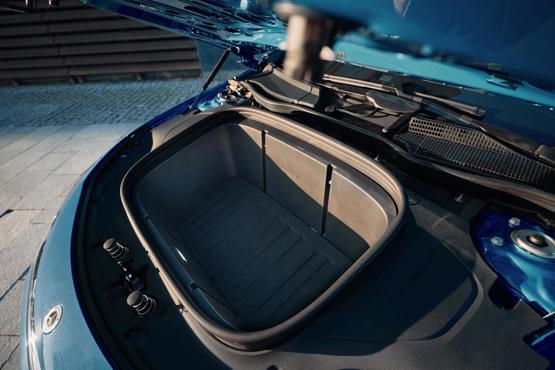
Safety and technology
During a CLA’s development a new operating system was created, in house, to power the car’s infotainment and on-board systems. It’s delivered via a central 14-inch display and pairs with a second digital instrument cluster display.
There’s an array of online services available through the system, which even includes the ability to perform video calls. Music streaming services, navigation and an AI-powered voice control system also feature.
An impressive user interface makes day-to-day operation simple. A series of tiles overlay the navigation map, giving fast access to media, telephone and vehicle settings. There’s also a panel at the bottom the screen for the climate functions and more quick access icons.
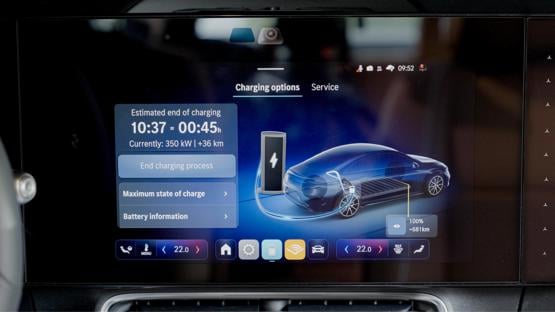
The digital experience extends to a smartphone app, which provides remote services including pre-entry climate control.
Mercedes has taken safety very seriously with the new CLA’s development and created a body shell that protects not just the car’s occupants but also the battery pack underneath. The physical elements of the car are complemented by a huge suite of driver aids and safety systems that monitor the car and driver constantly to mitigate the chances of a collision.
During our test these systems seemed largely unintrusive, although there was one occasion where the car unexpectedly decided the driver was incapacitated and tried to pull the car over to the side of the road.
Among the list of standard equipment is adaptive cruise control, blind spot monitoring and lane keep assist. The car also comes with front and rear parking sensors and a reversing camera.
Driveability and range
From launch the CLA is available in 250+ guise using a single electric motor with a 272PS output. An all-wheel-drive, dual motor 350 version will come later with 353PS.
Both versions use the same 85kWh battery, which provides a WLTP range of up to 484 miles in the CLA 250+.
Key to the car’s efficiency is a two-speed gearbox that can seamlessly, and automatically, adjust the speed of the electric motor to maximise efficiency. It means the CLA can both accelerate more rapidly from standstill and consume less power when cruising at high speeds.
During our testing, the car was managing an impressive 4.7mi/kWh. Suggesting a 400-mile range was attainable in reasonable driving conditions.
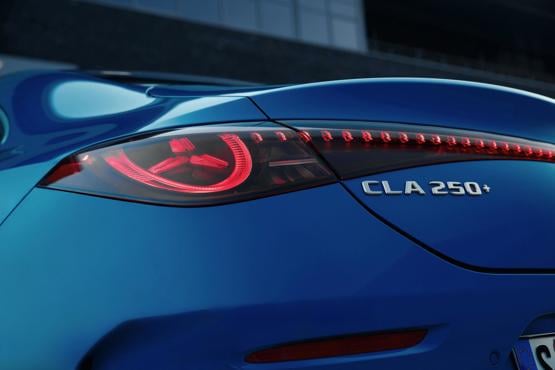
Interestingly, when we drove the more powerful 350 version there was only a marginal shift in efficiency to 4.5mi/kWh. This is because the second motor, which powers the front axle, can disconnect when it’s not needed.
With both motors deployed, the 350 is suitably rapid. It manages 0-62mph in 4.9 seconds, while the 250+ completes the sprint in a still impressive 6.7 seconds.
Ride quality and refinement is very high. We couldn’t find fault with the CLA’s chassis setup while testing it on a variety of different road types. While firm enough to mitigate body roll, there’s a suppleness to the ride that never falters.
Equally, there’s not much noise intrusion in the cabin. Even at higher motorway speeds the CLA remains a quiet and relaxing place to be. It’s ideal for drivers that regularly cover long distances.
Company car tax and running costs
Aside from the charging issue, which is due to be resolved next year, it’s hard to see how you can go wrong with a new CLA. Mercedes is a well-established brand and has a lot of experience in the fleet market with its existing line-up. This new car only bolsters the brand’s offering and gives it a major advantage over rival car makers.
The CLA 250+ Sport Edition attracts a 2% benefit-in-kind (BiK) tax rate in the 2025/26 tax year, meaning drivers will pay just £15 per month.
Running costs, according to Cap, are 42p per mile over a typical four-year cycle. This is 9ppm cheaper than a BMW i4 eDrive35 Sport and cheaper, even, than a sensible Skoda Enyaq.
We don’t have pricing information for the 350, yet, but expect it will still be competitive against the i4 while offering a substantial performance benefit.
Matt has been an automotive journalist for nine years and has driven just about every new car and van that's on sale. As content editor - vehicles he is responsible for the automotive content on Fleet News and also contributes to Automotive Management. Prior to this, Matt worked in the automotive industry for 10 years.


Specs
| Manufacturer | Mercedes |
| Model | CLA Electric Saloon |
| Specification | Mercedes CLA Electric Saloon CLA 250+ 200kW EQ Tech Sport Ed 85kWh 4dr Auto |
| Model Year | 2025.00 |
| Annual VED (Road tax) | £10 |
| BIK List Price | £45,550 |
| Range | 484.00mile(s) |
| CO2 | N/A |
| BIK Percentage | 3% |
| Insurance Group | N/A |
| CC | 1 |
| Fuel Type | Electric |
| Vehicle Type | Medium car |
| Luggage capacity (Seats up) | 405litres |
| Doors | 4 |
Running Costs
| P11D | £45,550 |
| Cost per mile | 47.64ppm |
| Residual value | £19,475 |
| Insurance group | N/A |
| Fuel Type | Electric |
| Cost per mile | 178.31ppm |
| Fuel | 1.81ppm |
| Depreciation | 172.55ppm |
| Service maintenance and repair | 3.95ppm |
Rivals
Info at a glance
-
P11D Price
£45,550
-
MPG
N/A (WLTP) -
CO2 Emissions
N/A -
BIK %
3% -
Running cost
3 Year 60k : £19,475 4 Year 80k : £16,325 -
Fuel Type
Electric -
Range
484.00mile(s)

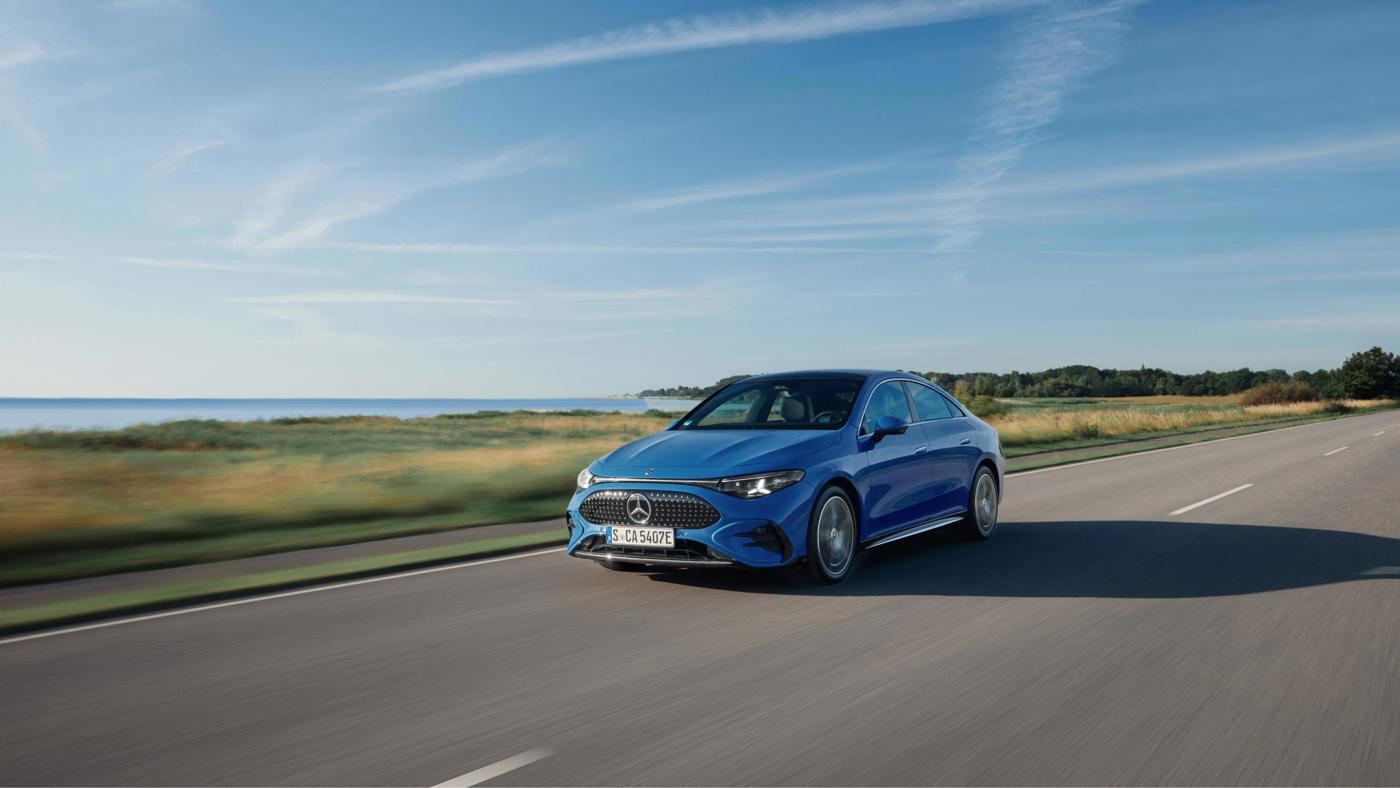

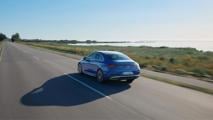


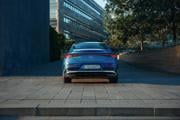

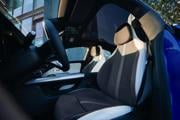
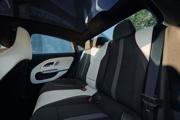
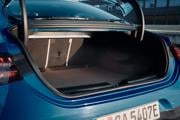
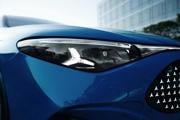
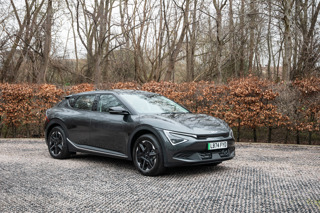
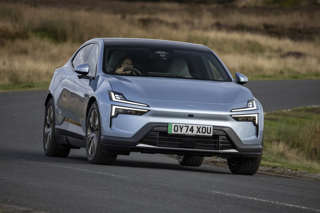
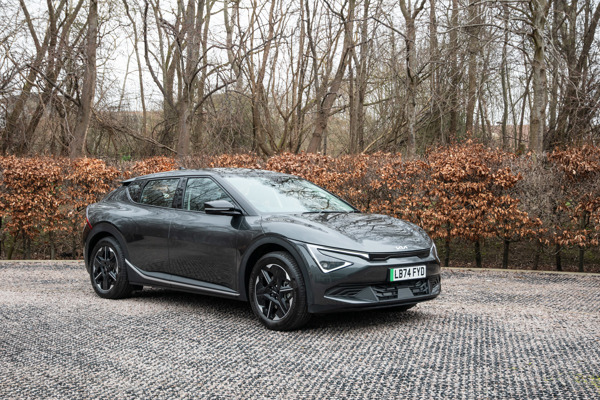
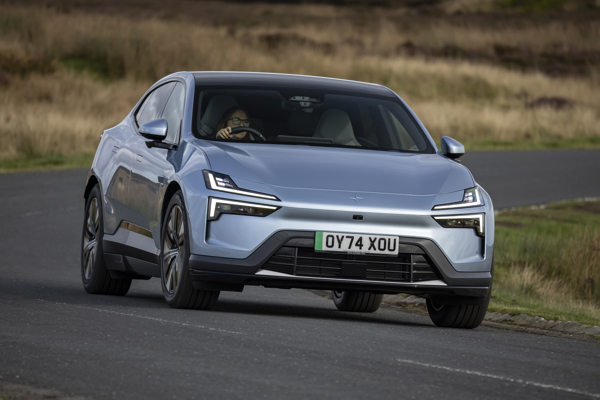
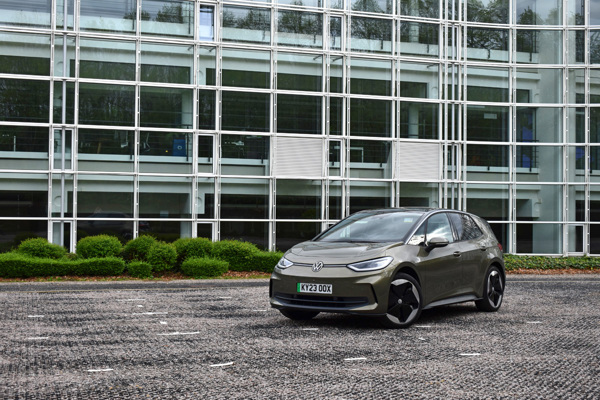
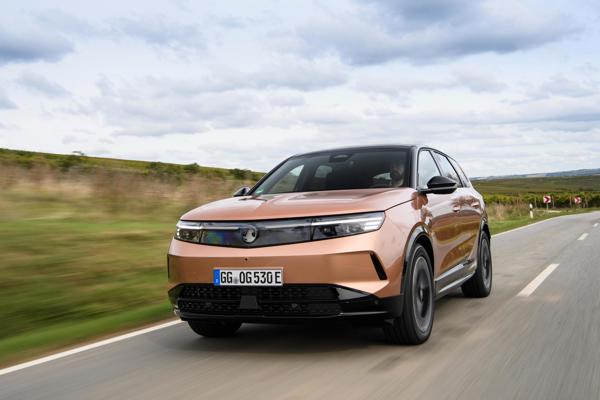
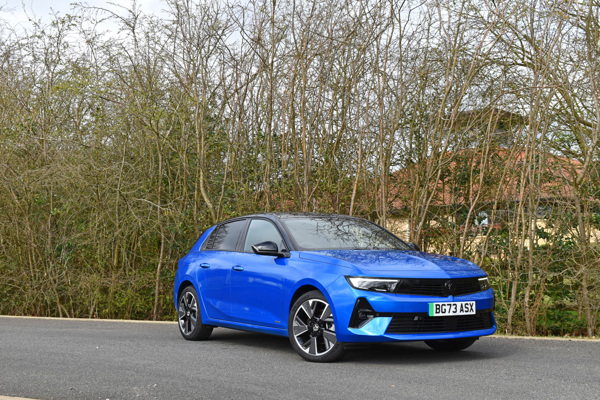
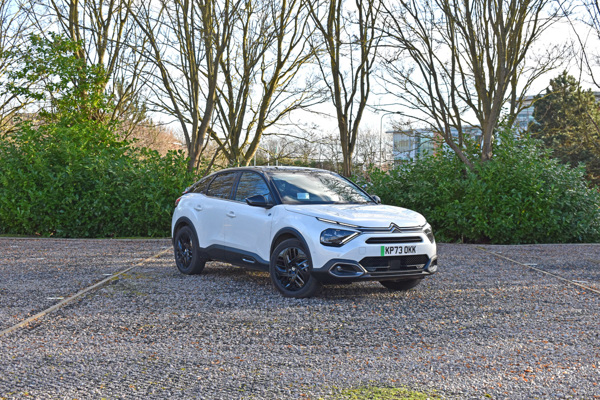
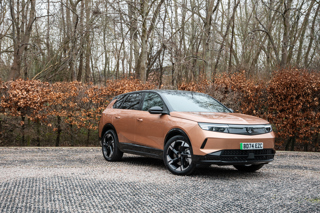
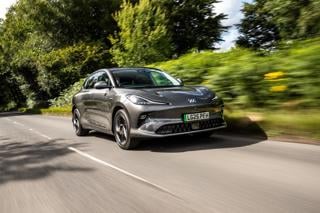

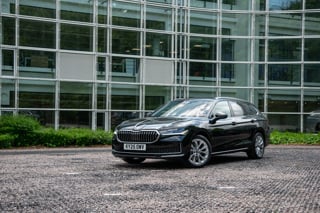













Login to comment
Comments
No comments have been made yet.